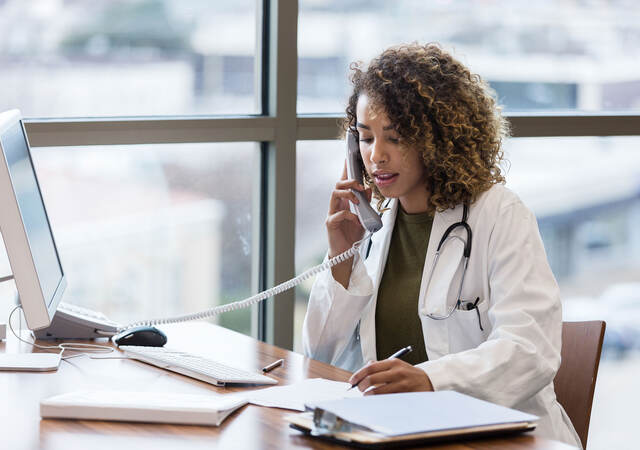January 13, 2021
Health Canada (HC) published SOR/2020-262 in the Canada Gazette, consisting of significant amendments to the Food and Drug Regulations and the Medical Devices Regulations (CMDR). The amendments aim to strengthen post-market surveillance for medical devices, in support of the life cycle amendments introduced in Vanessa’s Law, by providing regulatory authorities with greater power and more tools to evaluate and monitor incidents.
Currently under the CMDR, license holders may be asked to provide post-market information on medical devices but are not required to offer detailed analysis. As a result, the information provided can sometimes be unclear and lead to delays in the evaluation of medical devices. The amendments seek to address this problem by granting new powers to HC to compel medical device license holders to conduct a risk assessment of their own devices in light of new information gathered, which should offer greater certainty to industry and provide that critical information to HC.
New requirements for foreign risk notification and summary reports
Another noteworthy change concerns foreign risk notification. License holders for Class II, III, or IV medical devices will be required to notify HC of foreign actions regarding serious risk of injury to human health (e.g., recalls, reassessments, and suspensions of authorizations) that occur in relevant foreign jurisdictions within 72 hours instead of 10 days. These provisions are to come into effect on June 23, 2021.
Additionally, following the EU Medical Devices Regulation (MDR), license holders are now required to prepare summary reports every two years for Class II devices or annually for Class III or IV devices. The summary report contains adverse effects, reported problems, incidents, and risks which can be used to assess the benefits and risks of the medical device. In preparing the summary report, if there has been a change in the risk-benefit profile of the medical device, the licensee must notify HC in writing within 72 hours. This provision will come into force on December 23, 2021.
Health Canada is preparing finalized guidance relating to amendments
Guidance to support compliance with the amended regulations is expected to be published shortly on the HC website. A draft guidance issued in June 2019 in conjunction with prepublication of the amendments is available here.
Related Health Canada medical device regulatory information from Emergo by UL:
- Health Canada Medical Device License (MDL) registration consulting
- CMDCAS, MDSAP, and Health Canada ISO 13485 quality compliance support
Request information from our specialists
Thanks for your interest in our products and services. Let's collect some information so we can connect you with the right person.









